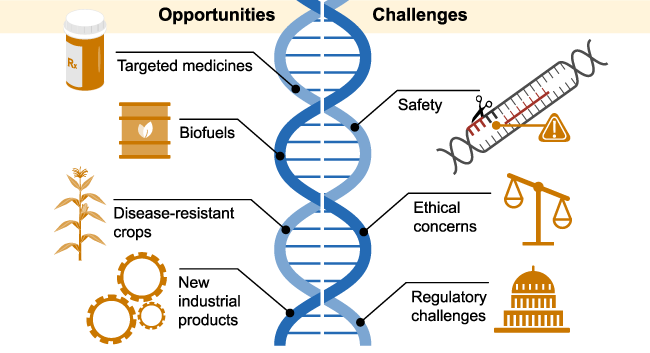Rapid Fire Current Affairs | 10 Mar 2023
Time Zone for the Moon
With more lunar missions than ever on the horizon, the European Space Agency (ESA) wants to give the moon its own time zone. National Aeronautics and Space Administration (NASA) is shooting for its first flight to the moon with astronauts in more than a half-century in 2024, with a lunar landing as early as 2025.
For now, a moon mission runs on the time of the country that is operating the spacecraft. An internationally accepted lunar time zone would make it easier for everyone, especially since more governments and companies are aiming for the moon.
Clocks run faster on the moon than on Earth, gaining about 56 microseconds each day. Further complicating matters, ticking occurs differently on the lunar surface than in lunar orbit. While the space station doesn't have its own time zone, it runs on Coordinated Universal Time (UTC), which is meticulously based on atomic clocks (type of clock that uses certain resonance frequencies of atoms (usually cesium or rubidium) to keep time with extreme accuracy).
UTC is a modern time standard defined by a series of atomic clocks and is used as a standard reference time in many applications within transport, finance and scientific research.
Read More: India's Third Moon Mission
Scrub Typhus
Scrub typhus, a life-threatening infection caused by Orientia tsutsugamushi bacteria — is a major public health threat in South and Southeast Asia. As per estimates, nearly one million cases are reported from South and Southeast Asia with 10% mortality. India is one of the hotspots with at least 25% of the disease burden.
Scrub typhus is a major public health threat because of the high mortality rate in patients with severe disease despite diagnosis and treatment. It is transmitted to humans by bites from tiny, infected larvae of mites. Only the larval stage of the mite requires a blood meal, which is usually from rodents. Combination therapy using both doxycycline and azithromycin is far more effective in treating severe scrub typhus than monotherapies of either drug by itself.
The infection does not cause typical symptoms, thus making correct and early diagnosis difficult. Also, awareness about infection and disease is very low despite the high disease burden and mortality rate. Increasing awareness can clearly bring down the mortality rate.
Read More: Scrub Typhus
Gene-editing: A Concern
A new study warns of the consequences of deploying technology for the birth of gene-edited twins that is still less understood.
Deleting harmful disease-causing mutations by gene editing could be counterproductive. It could create more problems. Since gene editing is still experimental. It could also increase the risk of other diseases.
Gene editing is a group of technologies that give scientists the ability to change an organism's Deoxy-Ribonucleic Acid (DNA). It can be divided into two classes. One involves changing genes in human cells. This method does not alter reproductive cells, such as sperm or eggs. It can be used to treat diseases caused by mutations. The second method alters the genome of human embryos.
Humans possess two versions of a particular gene received from each parent. If a child gets a recessive disease-causing gene from one parent and a dominant healthy version of the same gene from the other, they could still be protected.
The extensive copying of genetic information from one parent to another due to Clustered Regularly Interspaced Short Palindromic Repeats (CRISPR) could give rise to two mutant copies of the disease-causing gene in the embryo. This significantly increased the risk of diseases.
Read More: Gene Editing, Clustered Regularly Interspaced Short Palindromic Repeats (CRISPR)
Lossless Energy Possibility
According to US scientists, they have produced the first commercially accessible material that eliminates the loss of energy as electricity is conducted through a wire, a breakthrough that could mean more efficient computers and power grids, longer- lasting batteries, improved high- speed trains, and more powerful nuclear fusion reactors.
They have created a new superconductor that can operate at room temperature and at a much lower pressure than previously discovered superconducting materials. A rare earth metal called lutetium combined with hydrogen and nitrogen can conduct electricity without resistance at 21 degrees Celsius and around just 10,000 atmospheres of pressure.
Superconductors, which are materials that can conduct electric currents without any loss, have been considered extremely impractical because they typically need to be cooled, to around -195 degrees Celsius, and subjected to extreme pressure to work.
Read More: Superconductivity

